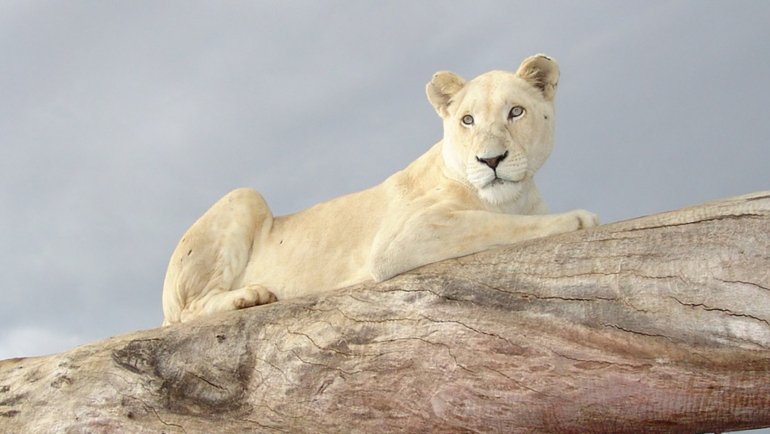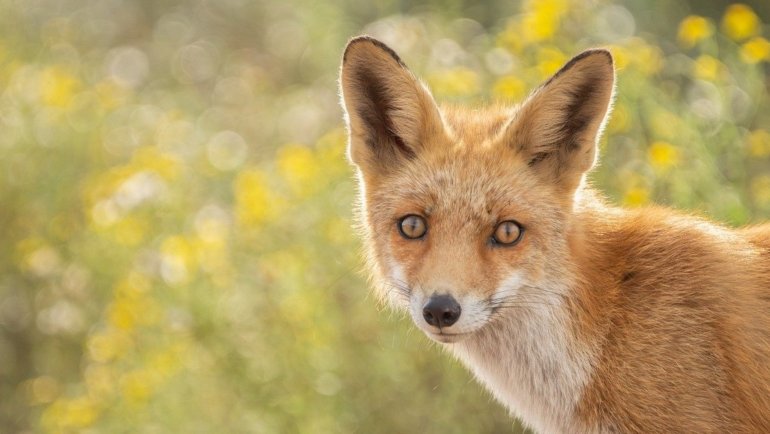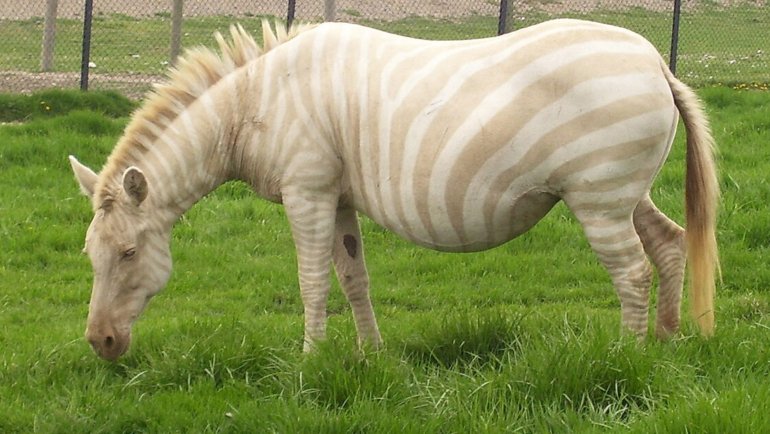The animal kingdom boasts a vast array of majestic creatures, each with its own unique set of features and specialties. Among the revered big cats, the cheetah stands out, not just for its lightning speed, but also for its distinct elegance. This slender, spotted cat is the epitome of grace and is renowned for its prowess on the African plains.
While many recognize the cheetah for its characteristic spots and tear marks, few are aware of the diverse range of cheetah types found across different parts of the world. This article aims to shed light on the various subspecies of this magnificent animal, tracing their origins and understanding their distinct characteristics.
A Brief History of the Cheetah
Delving into the annals of history, the origins of the cheetah are both fascinating and a testament to its adaptability. Fossil evidence suggests that the cheetah’s ancestors first appeared in North America around 3 million years ago, before migrating to Asia and eventually Africa.
Throughout their existence, cheetahs roamed vast territories. Historical records and ancient art depict cheetahs in regions far beyond their current range, including India, the Middle East, and even parts of China. These depictions often portrayed cheetahs as royal companions, hinting at their revered status in ancient civilizations.
However, as with many wild animals, the passage of time saw the cheetah’s range decrease due to factors like habitat loss, human-wildlife conflict, and hunting. Today, while the majority of cheetahs are found in sub-Saharan Africa, smaller populations can still be seen in parts of Iran, marking the last of the Asiatic cheetahs.
This contraction in their distribution has not only made cheetahs a symbol of the wild’s fragile beauty but has also led to the emergence of diverse subspecies, each adapted to its unique environment and challenges.
The 4 Current Cheetah Subspecies
Cheetahs, recognized for their elegant speed and unique spots, are not monolithic. Though they share certain overarching traits, subtle differences in appearance, behavior, and habitat preference have emerged over time, leading to the identification of specific subspecies.
Historically, the number and delineation of these subspecies have been subjects of debate among researchers. Five subspecies of cheetah were traditionally recognized: A. j. hecki, A. j. jubatus, A. j. raineyi, A. j. soemmeringii and A. j. venaticus.
However, More recent genetic studies suggest that only four subspecies of cheetah can be recognized. Due to their recent divergence times, they probably require further research for a complete understanding. Here’s a closer look:
Southeast African Cheetah (Acinonyx jubatus jubatus)

Description and Key Characteristics: The African cheetah is the most recognized and widespread of the cheetah subspecies. They are characterized by a slender body, deep chest, and a distinctly white, almost fluffy, underside. Their spots are round and clearly defined.
Distribution and Habitat: Predominantly found in sub-Saharan Africa, these cheetahs thrive in a variety of habitats – from savannahs and grasslands to more arid regions.
Current Population and Threat Levels: The largest population, almost 4,000 individuals as of 2016, is distributed across Angola, Botswana, Mozambique, Namibia, South Africa, and Zambia. They also mark their presence in East African nations like Kenya and Tanzania. They face threats from habitat loss, human-wildlife conflict, and poaching.
Asiatic Cheetah (Acinonyx jubatus venaticus)
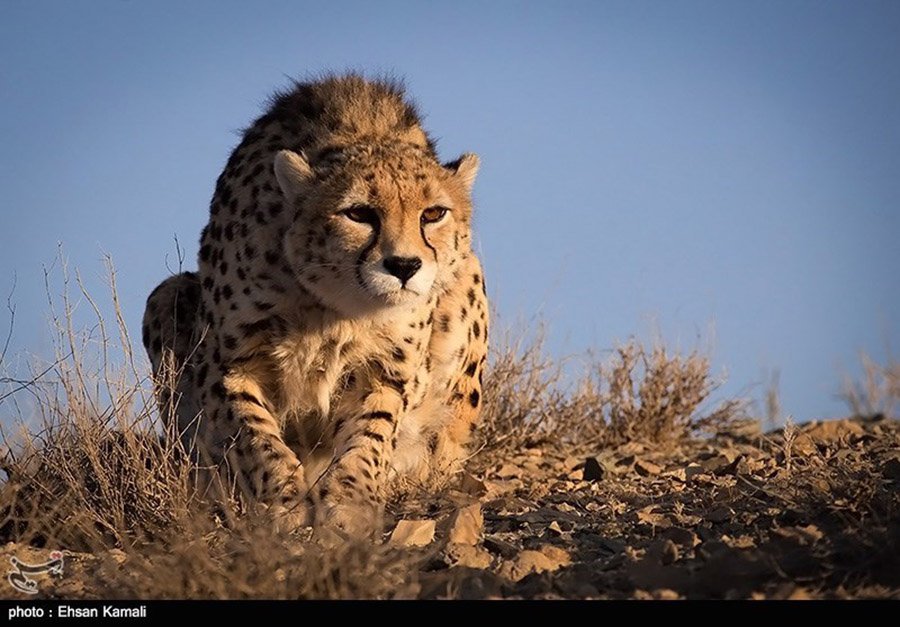
Description and Key Characteristics: While they share many similarities with their African cousins, the Asiatic cheetahs have slightly lighter coats, and their spots are not as prominently defined.
Distribution and Habitat: Historically, the Asiatic cheetah ranged from Saudi Arabia and the Arabian Peninsula to India. Today, only a few remain in Iran, primarily in desert regions. This subspecies stands out as it represents the sole surviving cheetah population in Asia.
Current Population and Threat Levels: Alarmingly, as of 2022, estimates suggest only 12 individuals remain, with a gender skew of nine males to three females. Major threats include habitat fragmentation, poaching, and the decline of their natural prey.
Northeast African Cheetah (Acinonyx jubatus soemmeringii)

Description and Key Characteristics: Genetically, it diverged from the southeast African cheetah between 72,000–16,000 years ago.
Distribution and Habitat: These cheetahs inhabit regions in the northern Central African Republic, Chad, Ethiopia, and South Sudan, although in fragmented populations.
Current Population and Threat Levels: The largest known population in 2016, comprising 238 individuals, was found spanning the northern Central African Republic and southeastern Chad.
Northwest African Cheetah (Acinonyx jubatus hecki)
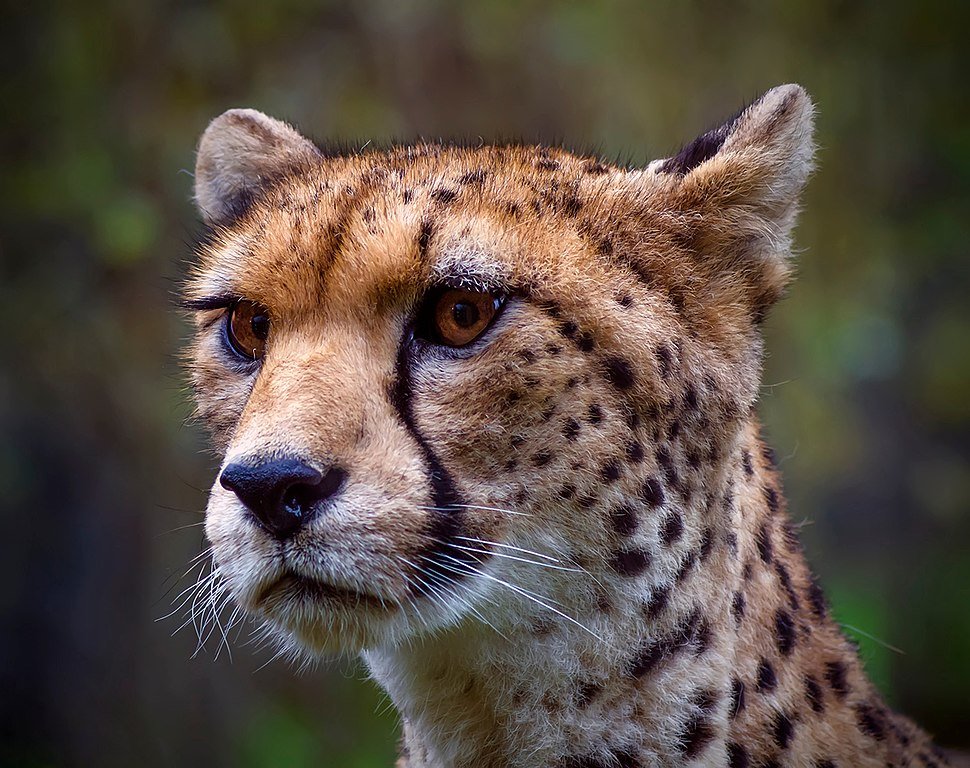
Description and Key Characteristics: This subspecies is slightly smaller than the African cheetah and has a shorter coat with fainter spots. They also sport a pronounced mane on their neck and shoulders. Among the most threatened of the subspecies.
Distribution and Habitat: Found in several African countries including Algeria, Benin, Burkina Faso, Mali, and Niger.
Current Population and Threat Levels: In 2016, the most significant population, approximately 191 cheetahs, inhabited the regions of Adrar des Ifoghas, Ahaggar, and Tassili n’Ajjer in south-central Algeria and northeastern Mali. Due to various threats, it’s categorized as Critically Endangered on the IUCN Red List.
Physical and Genetic Differences
The wonder of nature is its vast diversity, and cheetahs, despite being of the same species, display an array of subtle distinctions depending on their subspecies. These differences are the result of thousands of years of evolution, adapting to varied environments and the specific challenges they present.
Physical Variances: At first glance, all cheetahs might seem quite similar, but upon closer inspection, nuances emerge. Subspecies from different regions have slight variations in coat color, spot size, and overall size.
For instance, the Northwest African cheetah tends to have a paler coat with fewer spots compared to its Southeast African counterpart. Similarly, the Asiatic cheetah has a lighter coat and a smaller stature than some of its African brethren.
Genetic Differences: While the subspecies share most of their genetic makeup, there are definitive markers that differentiate one from another. These genetic differences are not just academic curiosities; they provide insights into the evolutionary history of the species, indicating periods of isolation or migration.
Moreover, understanding these genetic nuances can be pivotal for conservation strategies, ensuring that breeding programs maintain genetic diversity and thus the long-term health of the species.
The King Cheetah: A Genetic Anomaly

In the world of cheetahs, one variant stands out distinctly: the King Cheetah. This magnificent creature, once believed to be its own subspecies, is now understood to be a result of a rare genetic anomaly.
Unique Coat Pattern: Unlike the standard cheetah spots, the King Cheetah boasts a majestic coat adorned with three distinct dark, wide stripes that run from the nape of the neck to the tail. Interspersed with these stripes are larger, blotchy spots, giving it a regal appearance that led to its royal name.
Genetic Basis: The unique pattern of the King Cheetah arises from a mutation in the Taqpep gene. This gene, in its standard form, instructs the formation of the regular spotted pattern seen in most cheetahs. However, when a cheetah inherits two copies of the mutated gene (one from each parent), it results in the King Cheetah’s distinctive coat.
Rarity and Distribution: King Cheetahs are exceedingly rare in the wild. Initially, they were reported from the regions of Zimbabwe, Botswana, and the northern part of South Africa. With the advent of DNA testing, the mystery of the King Cheetah was unraveled, revealing its genetic roots. Today, while most of these unique cheetahs are bred in captivity, conservationists hope to see them stride majestically in the wild once more.
Efforts to Protect Cheetah Diversity
The various cheetah subspecies, while captivating in their uniqueness, face numerous threats in the wild. Habitat loss, human-wildlife conflict, and poaching are just a few challenges these magnificent creatures confront. However, global and regional organizations are tirelessly working to ensure that the diverse tapestry of cheetah genetics is preserved.
Global and Regional Initiatives: Numerous entities, from the World Wildlife Fund to regional bodies like the African Wildlife Foundation, have dedicated resources and programs specifically for cheetah conservation. Initiatives include habitat restoration, anti-poaching patrols, and community engagement programs to foster human-cheetah coexistence.
Success Stories: There have been notable successes in the conservation world. Namibia, often termed the “Cheetah Capital of the World,” has seen stable populations thanks to concerted efforts from both governmental and non-governmental organizations. Captive breeding programs, especially for the critically endangered Asiatic cheetah, aim to bolster wild populations and reintroduce them to their native habitats.
Ongoing Challenges: Despite the progress, challenges remain. The fragmentation of habitats due to urbanization poses a significant threat, as does the ever-present danger of poaching. Continued focus, resources, and global collaboration are imperative for the cheetah’s survival.
Final Thoughts
The cheetah, in all its diverse forms, stands as a testament to the wonders of evolution and adaptation. From the arid landscapes of Iran to the vast African savannahs, cheetahs have carved out a niche, each subspecies reflecting the unique challenges of its environment.
As we reflect on this diversity, it becomes abundantly clear that our role as stewards of the planet is pivotal. Conservation isn’t just about preserving a species but ensuring the survival of its rich genetic tapestry. In protecting the various cheetah types, we’re not just saving an animal; we’re preserving a story of adaptation, survival, and nature’s unparalleled beauty.
Frequently Asked Questions
How many types of cheetahs are there?
There are four recognized subspecies of cheetahs: the Southeast African cheetah, the Asiatic cheetah, the Northeast African cheetah, and the Northwest African cheetah.
Where can the Asiatic cheetah be found?
The Asiatic cheetah is confined to central Iran and is critically endangered with only a few individuals remaining.
What makes the King Cheetah’s coat different?
The King Cheetah boasts a unique coat with three distinct dark, wide stripes and larger, blotchy spots due to a mutation in the Taqpep gene.
Are there any efforts to reintroduce cheetahs to areas they’ve disappeared from?
Yes, various conservation organizations are working on reintroduction programs, especially for subspecies like the Asiatic cheetah, aiming to bolster their populations in the wild.
Other Articles to Learn More About Cheetahs
- Cheetah: Characteristics, Diet, Facts & More [Fact Sheet]
- What Eats Cheetahs? Here Are Their 5 Main Predators
- Can Cheetahs Climb Trees? A Detailed Answer
- How Many Cheetahs Are Left in the World? Why Are They Endangered?
- What Do Cheetahs Eat? A Comprehensive Guide to Their Diet
- How Fast Can a Cheetah Run? The Secrets Behind Its Incredible Speed
- What Are Baby Cheetahs Called? What Do They Look Like?
- Are Cheetahs Dangerous? Do They Attack And Eat Humans?

